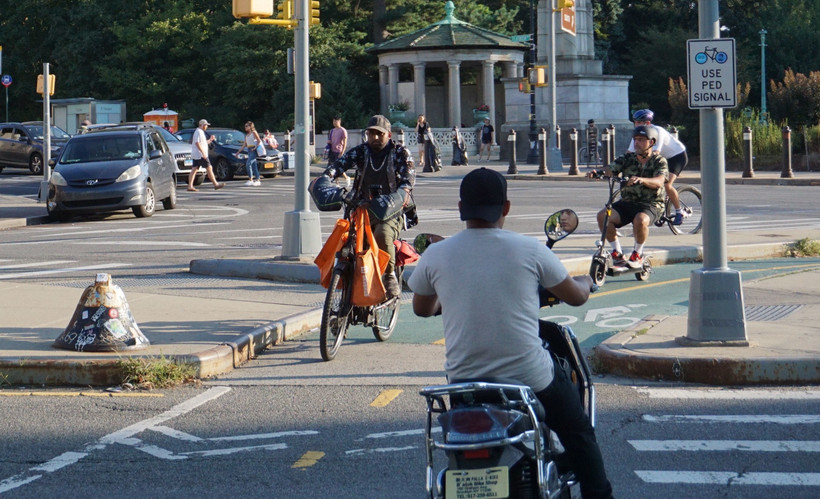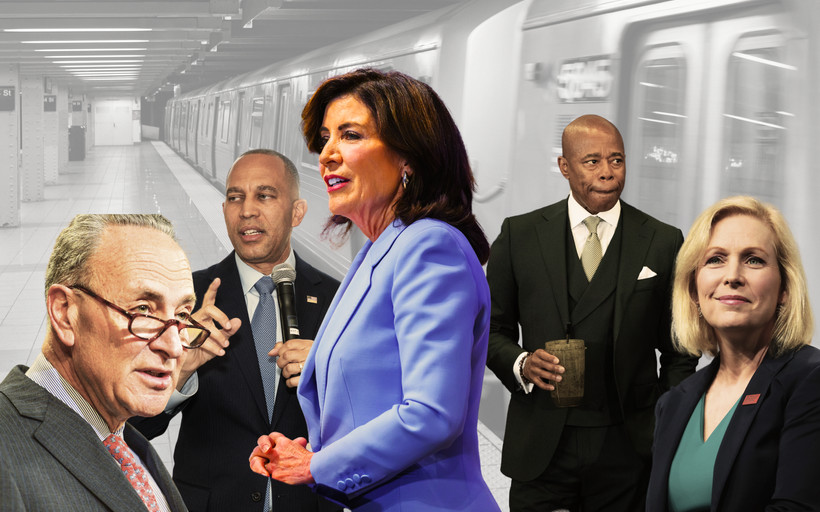New York Lawmakers Look to Boost E-Bikes After Federal Snub
The recently passed Inflation Reduction Act turbocharges the market for electric cars at the expense of other forms of transit. A New York bill aims to help e-bikes catch up.

This article was published in partnership with Streetsblog.
This article was published in partnership with Streetsblog.

Before Kathy Hochul paused it, the tolling program lost the little labor support it had when the Transport Workers Union withdrew its backing this spring.
More counties are turning to private corporations to run medical care in jails. The companies have deadly track records.
Rebecca Lamorte was let go by her employer in June, prompting the Assembly Speaker to place an upset call to her boss.
As the state has backpedaled on congestion pricing, it has made no progress on nearly half of its other transit-related climate goals.
The state is blowing past key milestones on the way to its big emissions targets.
The constant gridlock is a major drag on Manhattan’s businesses, and source of frustration for commuters. And it’s never been so bad.
Some of the state’s top Democrats slammed the governor, while others supported the pause or stayed mum. Republicans want congestion pricing killed altogether.
After the governor declined to answer questions, a New York Focus reporter was ejected from her event.
We asked 26 lawmakers who support the congestion pricing pause how they propose to fund transit upgrades. Most shrugged.


